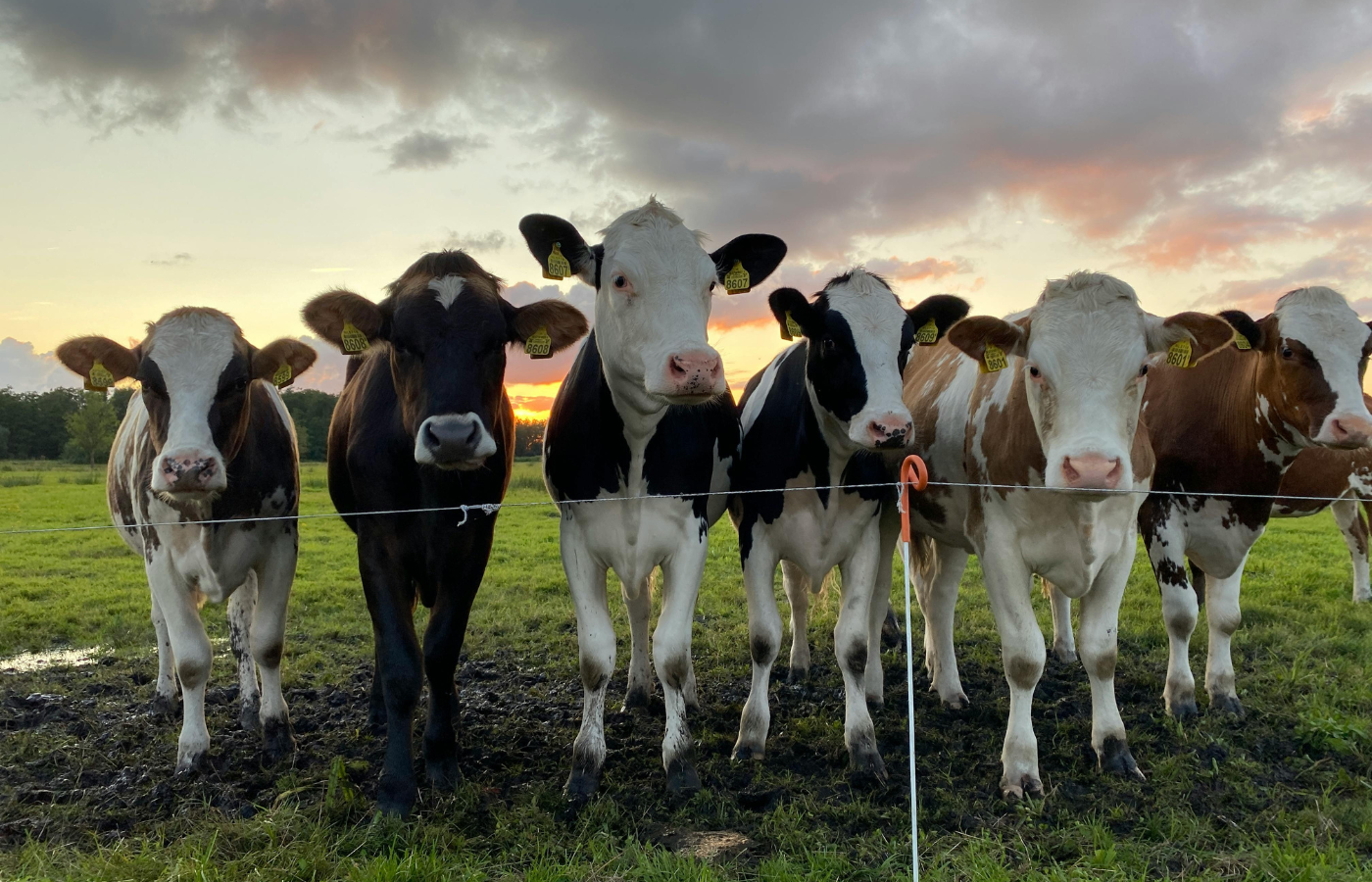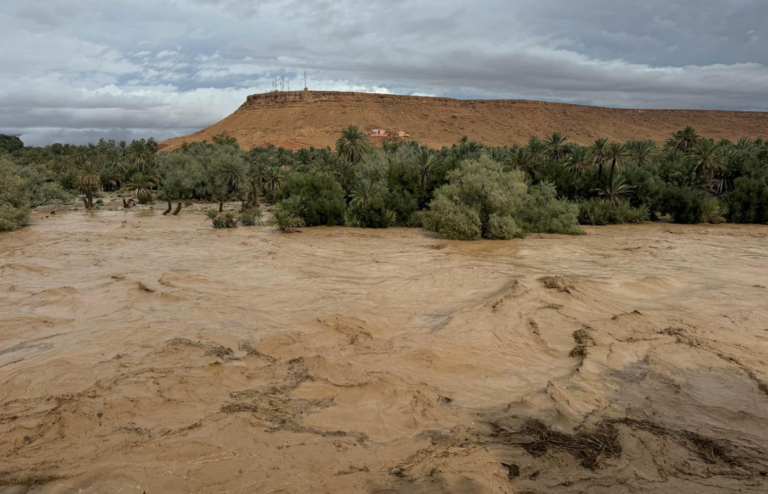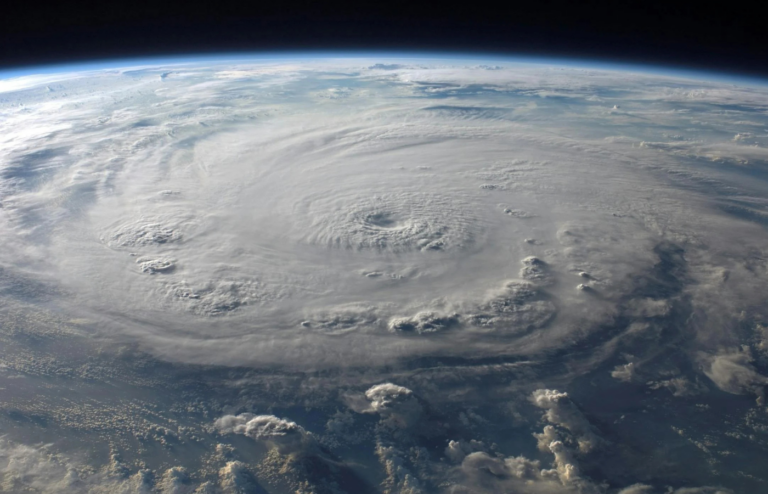Throughout history, unusual weather events were often seen as omens of doom or major change. Lacking scientific explanations, people turned to folklore to interpret the skies.
Phenomena like eclipses, red skies, and strange animal behavior were believed to warn of war, death, or disaster signs from nature or the divine.
1. Red Sun and Sky
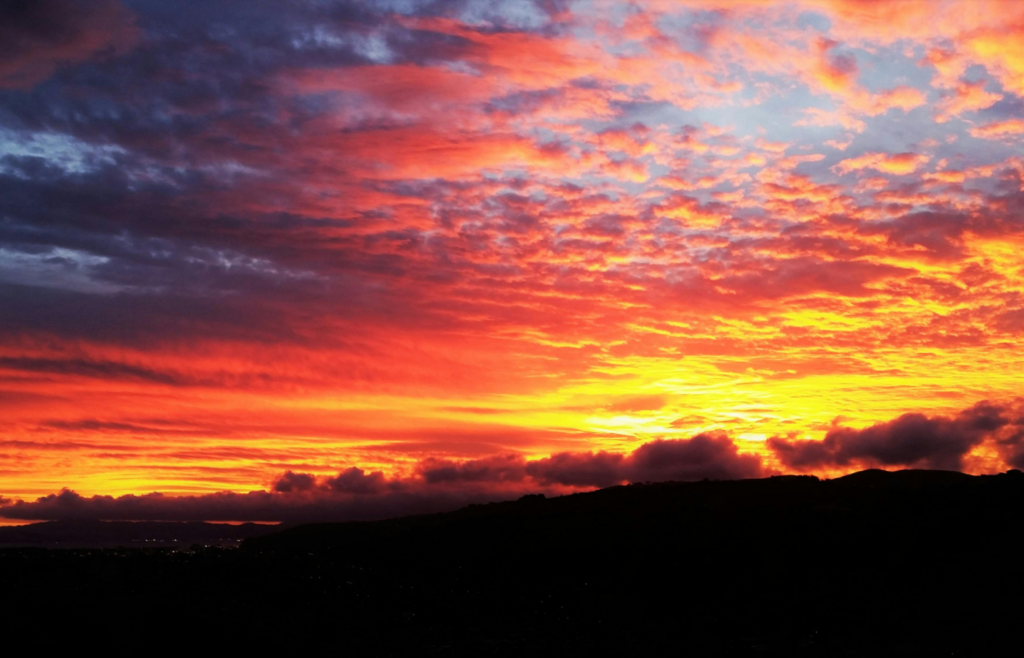
In many cultures, a red sun or sky was seen as a warning of war or disaster. The saying “Red sky at morning, sailors take warning” captures this idea, suggesting that a crimson sunrise may signal an approaching storm or trouble ahead.
2. Solar and Lunar Eclipses

Eclipses were historically seen as ominous signs. In ancient Mesopotamia, lunar eclipses were carefully recorded and interpreted as warnings of impending disasters, such as war or the death of a king. These celestial events were believed to reveal the fate of rulers and empires.
3. Halos Around the Moon
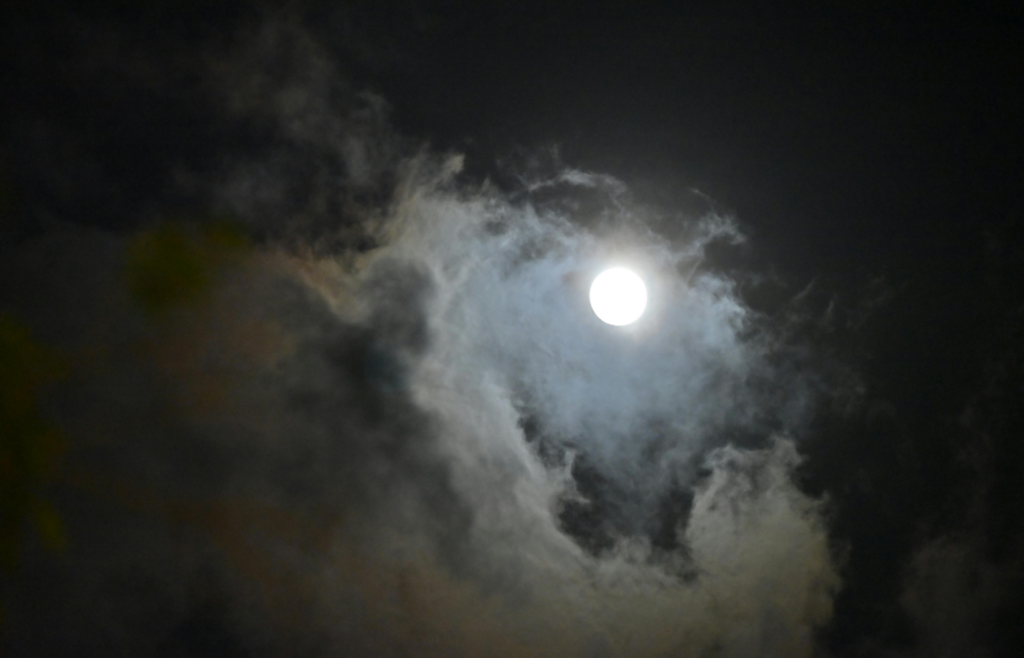
Circular halos around the moon, known as “moon rings,” were traditionally seen as indicators of approaching storms or significant weather changes. This belief is encapsulated in the folklore saying, “Ring around the moon means rain soon.”
4. Ball Lightning
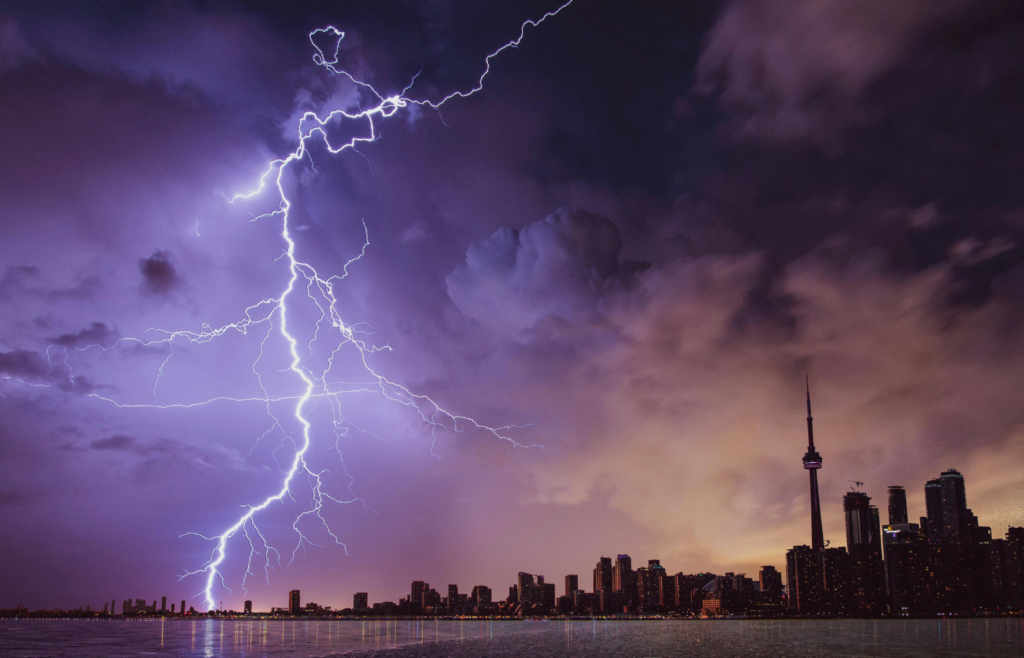
Ball lightning, a rare and mysterious weather phenomenon, appears as glowing spheres during thunderstorms. Its unpredictable nature and eerie glow led many in history to view it as a supernatural omen or a sign of divine wrath.
5. New England’s Dark Day (1780)
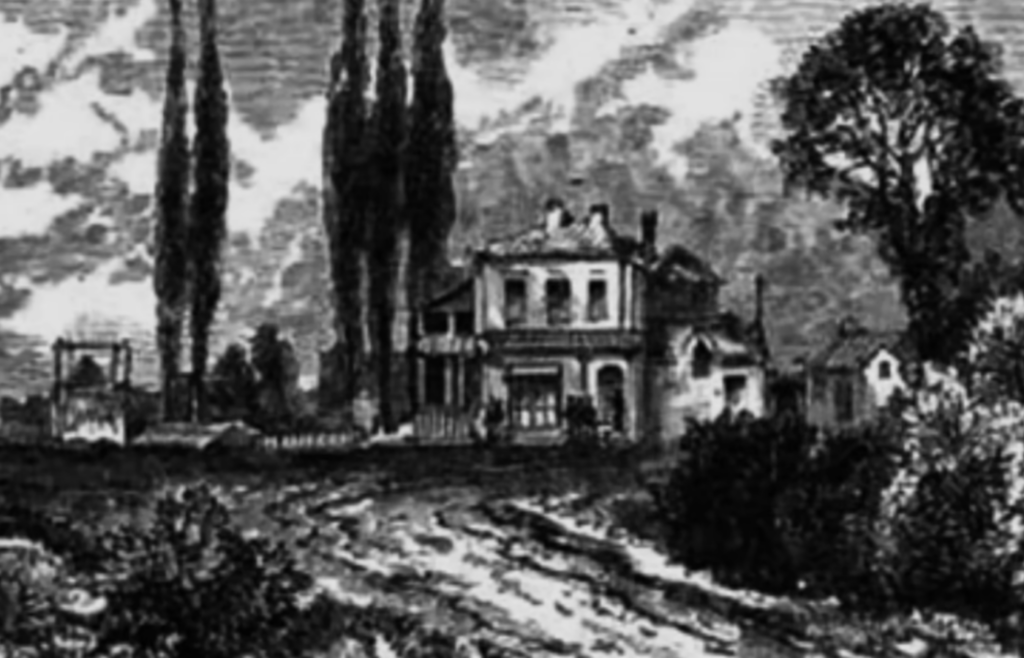
On May 19, 1780, daytime turned unusually dark across New England and parts of Canada, sparking panic and fears of the apocalypse. Though scientists later traced the event to forest fire smoke, fog, and cloud cover, many at the time believed it was a supernatural or divine warning.
6. Auroras in Unusual Latitudes
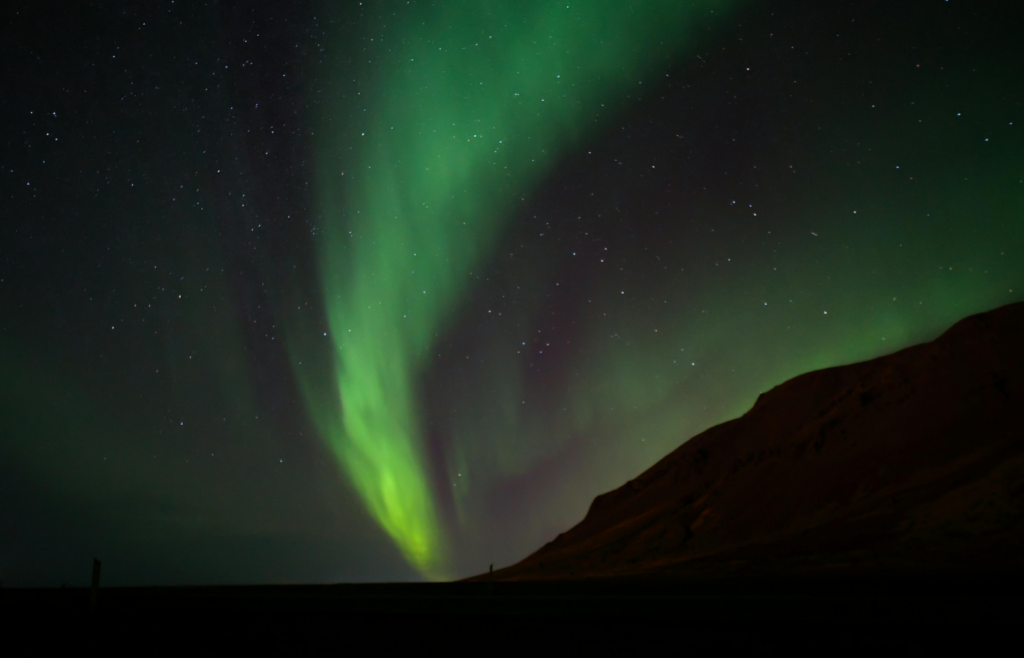
Auroras, or northern lights, have long been viewed as mysterious omens when seen in unusual places. In ancient Rome, unexpected auroral displays were believed to signal war or other momentous events.
7. Comets as Harbingers

Comets have historically been seen as omens of significant change or disaster. Halley’s Comet, appearing in 1066, was famously depicted in the Bayeux Tapestry and was believed to foretell the Norman Conquest of England.
8. Thunder in Winter
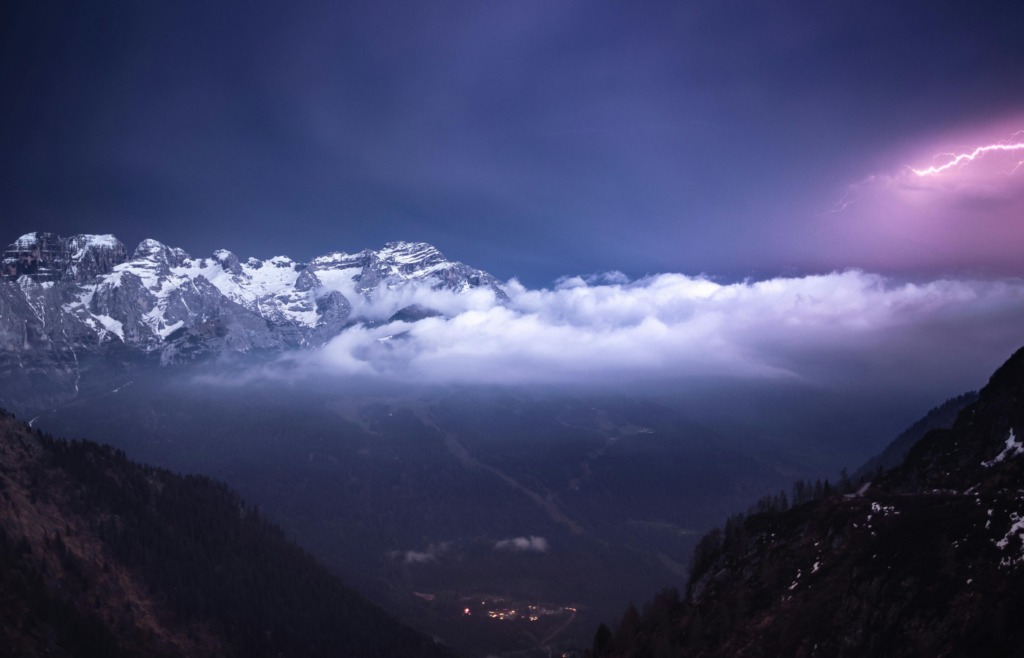
Hearing thunder during winter months was traditionally seen as an omen of severe weather to come. In some folklore, winter thunder was believed to predict snowstorms or other unusual weather patterns.
Read More: Top 10 Weather Phenomena That Science Still Doesn’t Fully Understand
9. Unseasonal Weather Patterns
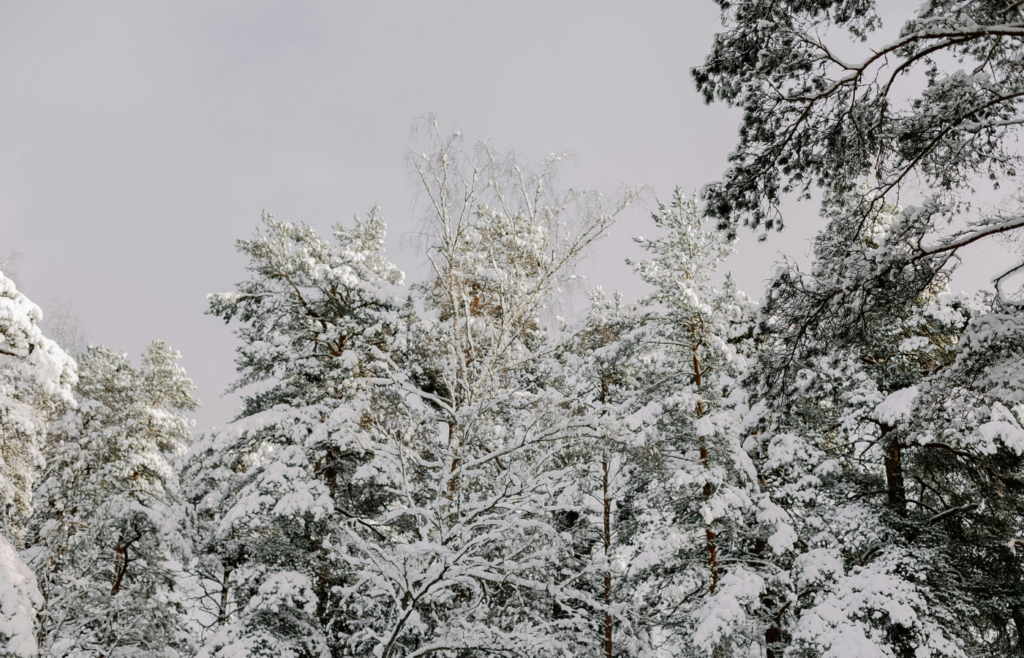
Unexpected weather events, such as snow in summer or out-of-season frosts, were often interpreted as signs of divine displeasure or impending hardship, including poor harvests or famine.
Read More: Never Do These 10 Things During a Thunderstorm
10. Animals Behaving Strangely Before Storms
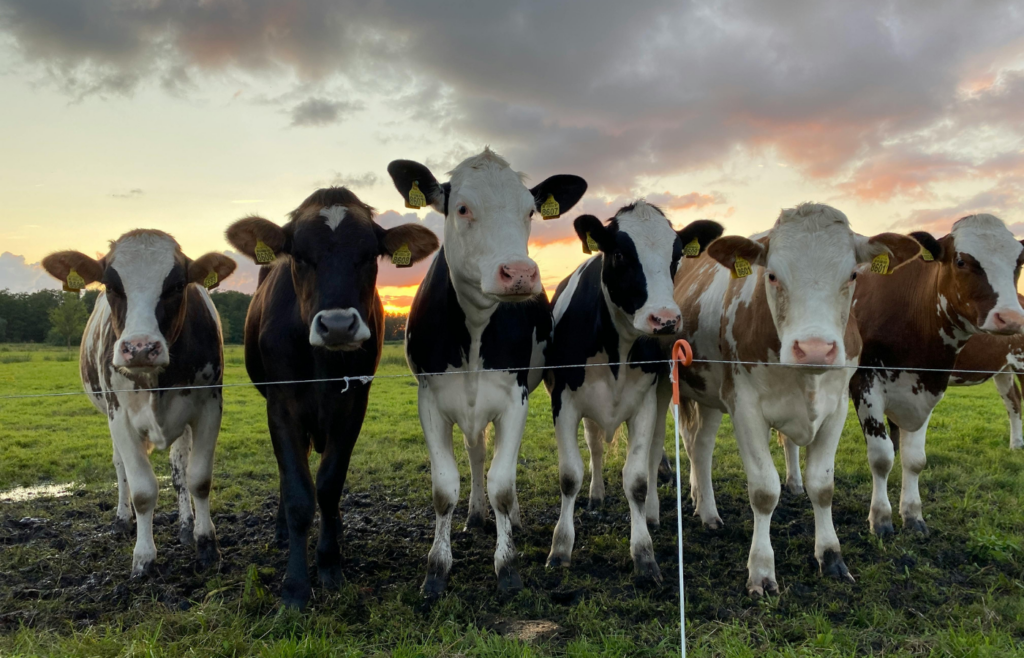
Certain animal behaviors, like cows lying down or cats cleaning behind their ears, were believed to predict coming rain or storms. These observations led to various weather-related superstitions and were considered omens of changing weather.
These instances highlight how natural phenomena were historically perceived as messages or warnings from the divine or the cosmos, reflecting humanity’s enduring attempt to find meaning in the unpredictable patterns of nature.
Read More: 15 Smartest Ways to Prepare for a Hurricane Before It Hits

